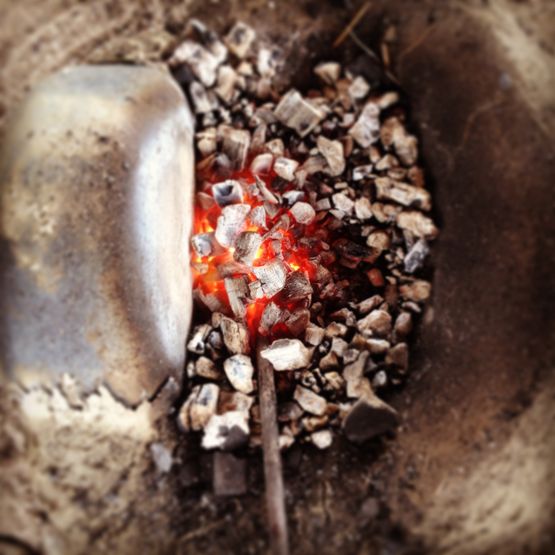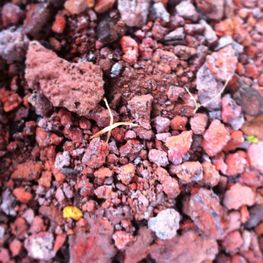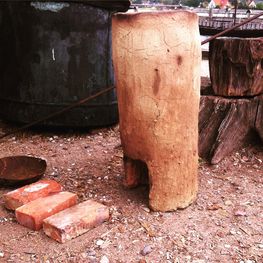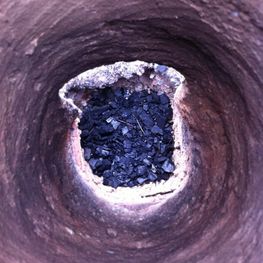Below, you can read about the project's bog ore experiment and over the next few days, you can follow the process, both here on the blog and on the Museum's Instagram profile.
Aim
The aim of the experiment is to conduct five smelts, producing five iron bloom which match the type of bloom known from Danish archaeological material. The intention is to produce bloom which has a similar chemical composition and density as the archaeological material. The bloom’s density is an indicator its porosity and the ratio of iron and slag. This ratio is of vital importance in terms of further research with the material generated by the experiment. The bloom will be cleaned and forged to rivets, which will be used in the Gislinge boat.
Background
Viking Age and Medieval smelting furnaces are pretty much unknown within Danish archaeological material. The finds are limited to a handful of sites and are often only identified as areas with concentrations of slag. Remains of the actual furnace are essentially non-existent. From the surviving material, the following can be concluded:
1) Furnaces were placed over a small hollow, ca. 40-50cm in diameter and 20cm deep.
2) The hollow opens out into a pit on one side.
3) The furnace walls are ca. 15-20cm thick at ground level and are made of sand-grogged clay.
4) The types of slag found indicates that tap-furnaces were in use.
Experiment design
For the experiment, a scaled-down version of slag-tapping furnace will be used. The furnace is 90cm high and has an inner diameter of 25cm. The air intake is 20mm in diameter and is positioned 60cm from the top of the furnace, i.e. the centre of the air intake is ca. 25cm above the furnace bottom. The furnace is placed over a circular hollow 25cm wide and ca. 30cm deep. The air intake is located within a 2cm thick plate of fire-proof material. This plate can be removed when the furnace is repaired.
During the experiment, a Frederiksen electronic bellows, calibrated to blow with a speed of 50km/hr and an air volume of ca. 459L/min, will be used.
The tuyere (the pipe leading from the bellows) has a diameter of 19mm and is positioned 4cm from the furnace’s air intake, angled 20 degrees downwards towards the base of the furnace.
Mixed charcoal of deciduous wood with a max. size of 5 x 5cm us ised.
All charges are composed of 1kg charcoal and 1kg roasted bog ore.
The bog ore is from the Guldager area.
Process
The furnace base is packed with a 20cm thick layer of ash and small charcoal.
The furnace is heated up using wood with a max diameter of 15cm. The furnace is heated up over ca. an hour using its own natural updraught.
The furnace is then filled to the top with charcoal and the bellows come into use.
The furnace is charged as space becomes available.
From here, the furnace is charged ca. every ten minutes.
When the slag reaches up to the base of the air intake, it is tapped by making a hole under the bellows plate. When the air from the bellows begins to come out through this hole, it is then sealed and the slag begins to gather again.
After all charged have been filled, the furnace is allowed to burn down to ca. 10cm above the air intake.
The remaining slag is tapped and the area under the bellows plate is dug out.
The bloom sits fast under the air intake and extends ca. 20 cm into the furnace.
The bloom is hammered together on a wooden block, directly from the furnace.
The experiment is finished and material collection and registration begins.
» <link https: instagram.com vikingshipmuseum external-link-new-window external link in new>Følg projektet på Instagram...
» <link https: www.facebook.com external link in new>Følg projektet på Facebook...




